Location and History
Formerly the seat of the Capuchin Fathers it is located outside the walls of the historic center on the right side of the provincial road to Corigliano. Once in the open countryside and now incorporated into the town, it is also known for the festivities in honor of San Fedele da Sigmaringen, which are organized here. Entitled from the origin to the Holy Spirit, this church, more commonly identified and more easily indicated with the denomination of church of the Capuchins, with the adjoining convent, was built starting from 1580, in execution of the will of Niccolò Zimara, son Marc'Antonio, with whom it was arranged that after his death the sale of its assets was made and with the proceeds this monastery was built for the Capuchins. In 1811, three years after the Napoleonic law of 7 August 1809, also suppressing the Capuchin monastery of Galatina, it was closed for a short period. Subsequently, in 1823, the Capuchin friars returned to Galatina, but the convent no longer reached the ancient splendor of life and doctrine. And in 1867 the monastery was closed, this time yes, definitely.
The construction of this church took quite a long time to be completed. In fact, the same was not completed before 1680, that is about a century after that will testamentary to start the works outside the walls, if its consecration took place in 1681 by the bishop of Nardo Mons. Horace Fortunato. It was also the seat of the Confraternity of Sacchi, born under the rule of Sr. Giacinta Mariscotti.
Prospectus
Once upon a time, it was possible to find the complex after having walked along a long avenue lined with ancient plane trees that are no longer there. The facade, with simple lines and pure, initially presented the two openings to access the church and the convent and some small windows corresponding to the cells, in addition to the three largest, one of which serves to give brightness to the church and the other two to give greater light to the corridors of the convent. A crowning cusp, in line with the portal, identifies and characterizes the church.
Indoor
In the single nave that forms the church, on the left there are three intercommunicating chapels, to allow you to arrive in the presbyteral area without disturbing those already in prayer, dedicated respectively to the Nativity, the Madonna della Fiducia and the SS. Crucifix. On the right wall there are three altars respectively: one with the Franciscan coat of arms, one dedicated to the Blessed Martyrs of Otranto and the other to the Capuchin S. Fedele from Sigmaringen. Some of these devotions, such as those of the Madonna della Fiducia and S. Fedele, are recently introduced and date back to the second half of the last century, when the church and the convent, both reduced to a single ruin, were taken back and reported to a new life from the intense activity of recovery and restoration to the religious function carried out in these same years by Don Fedele Lazari also with the reopening of the cult of the Church of the Holy Spirit.
The interior of this church strikes with the whiteness of the white, the vault and the walls, barely attenuated by the pastel colors of the paintings, works recently made by Domenico Toma of Galatina. Interesting decoration, stucco, curls and floral designs.
The wooden case, on the wall, of the main altar, with twisted columns, is the work of Giovanni Di Benedetto Chioccia, from the Neapolitan school. The dark color of this wall covered by the walnut wood in which the retable of the high altar is carved, and that of the side chapel with a similar smaller machine, always with twisted columns, seem to attenuate the splendor of the white of the church. The two cuspidate machines today constitute perhaps the most significant preciousness of the church itself.
Cappuccini was given a gift of his "bookstores" by the doctor Ottavio Scalfo, senior, from the Greek Mgr. Federico Mezio, bishop of Termoli and Niccolò Zimara himself. "Many of these books deal with juridical and medical subjects and others are incunabulary Greek incomprehensible to the friars": so he wrote in his request to Pope Innocent X, around the middle of the 1600s, the Provincial Father of the time to ask "to the Holy See to be able to sell them and buy other books that could serve the Capuchins ". With the favorable response of the Pope, even if with the condition of the election of a specific apostolic mayor, one may already have some brief indication of the importance of this library. With the presence of these precious texts, the monastery carried out its work of educating and preparing the friars for missionary work and preaching.
The rare and valuable book collection that was thus constituted at present is kept in the "Pietro Siciliani" Municipal Library.









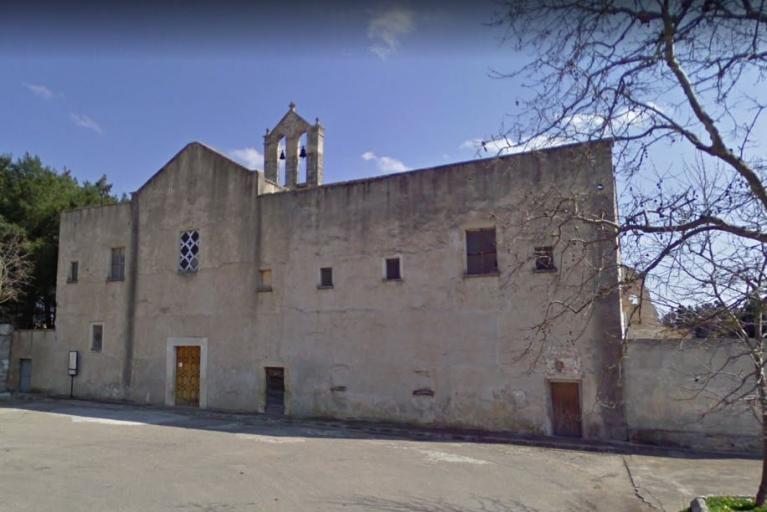
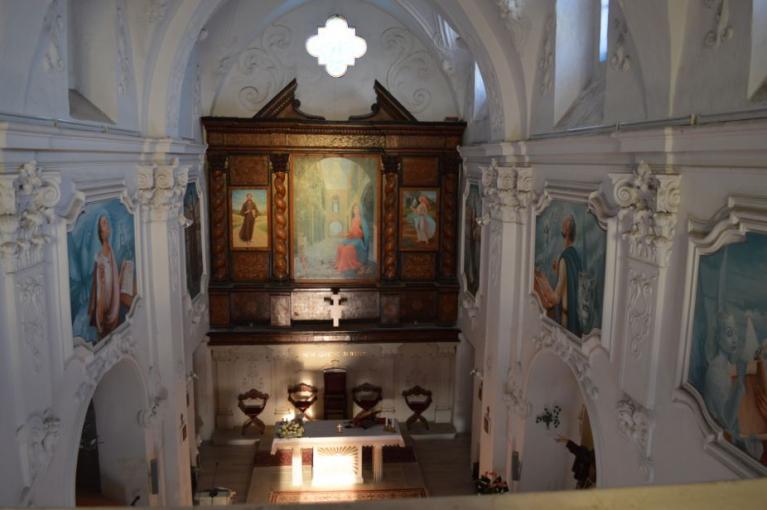
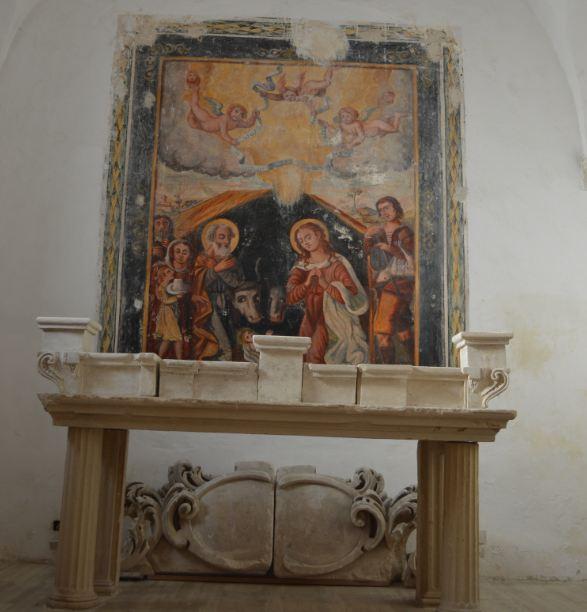
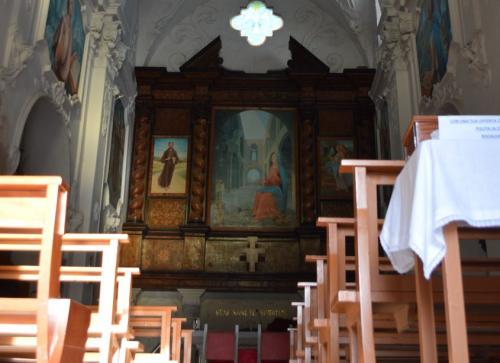
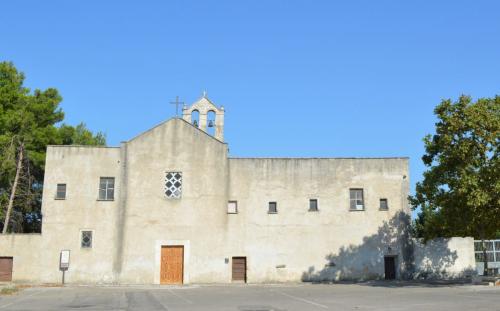
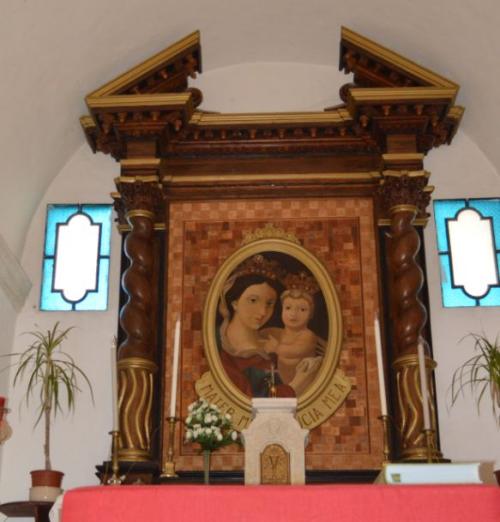
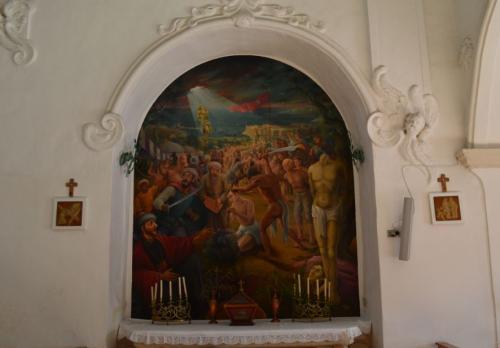
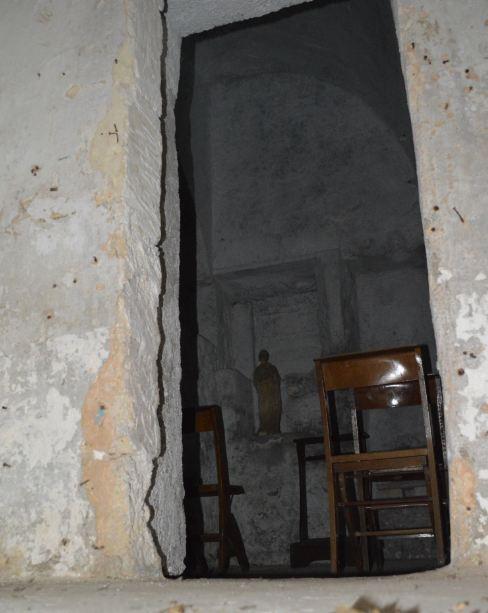
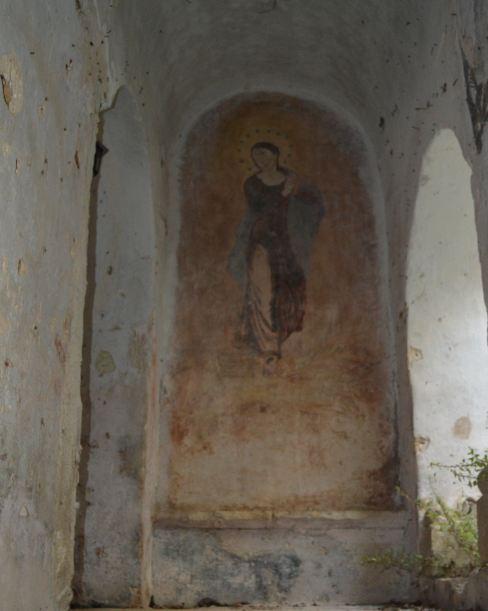



 Join VisitGalatina
Join VisitGalatina